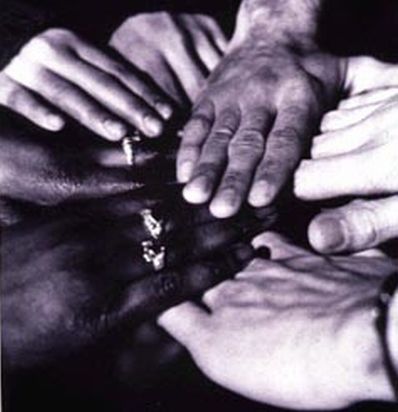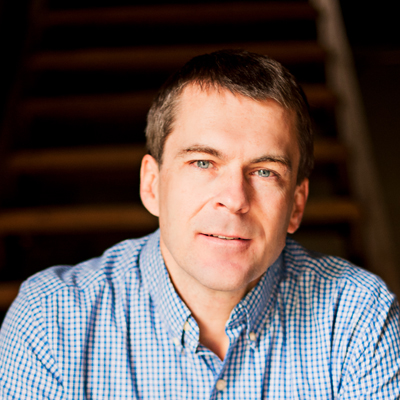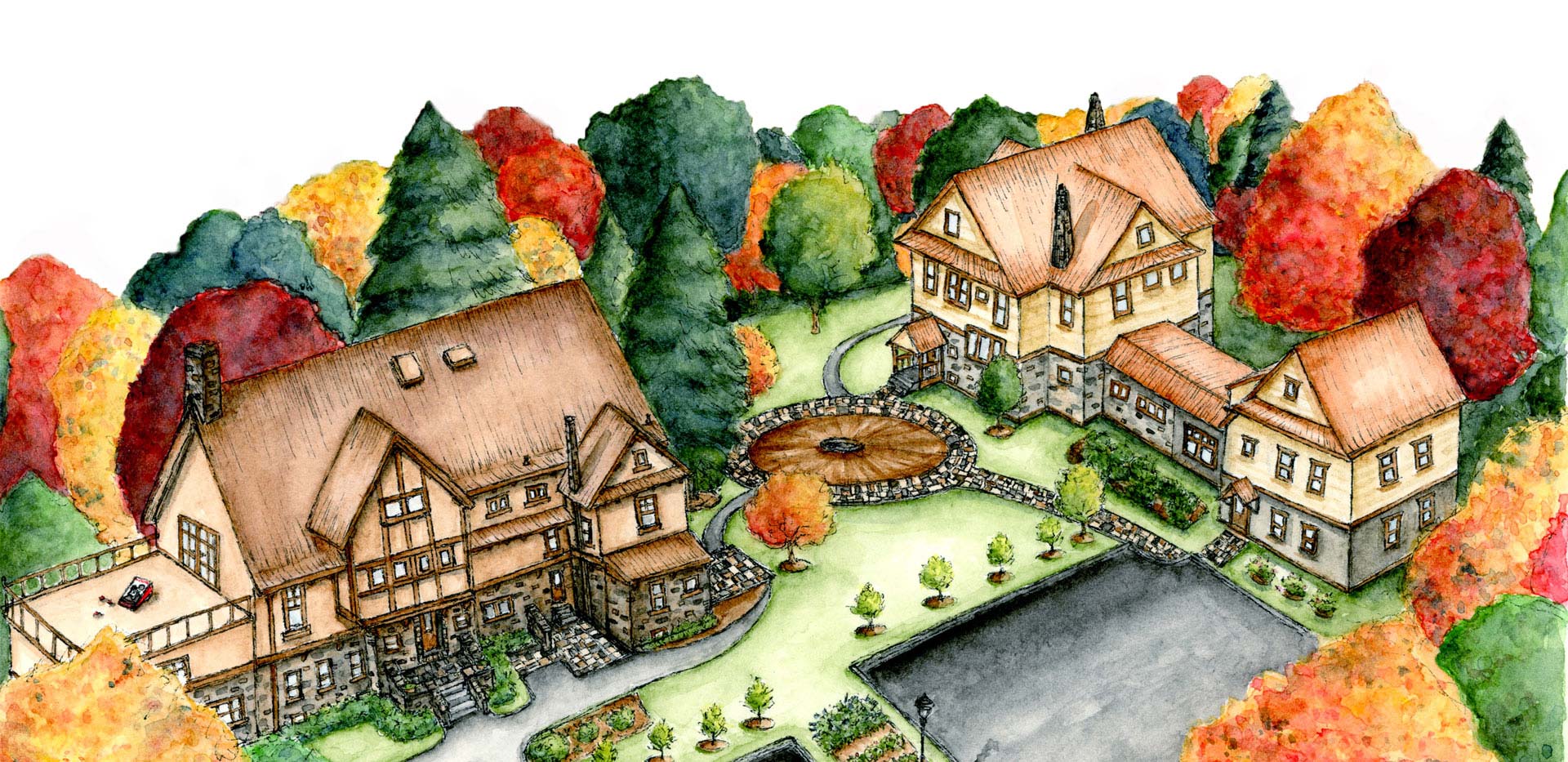
Shortly after 9/11, journalist David Brooks came to understand what sociologists of religion have been saying for some time. “Secularism,” he realized, “is not the future; it is yesterday’s incorrect vision of the future. This realization sends us recovering secularists to the bookstore or the library in a desperate attempt to figure out what is going on in the world.” Indeed, rumors of the death of religion have proven to be greatly exaggerated. (See “Kicking the Secularist Habit”).
What 9/11 did for Brooks, the culture wars have done for others—including, apparently, Cornell President Emeritus Hunter Rawlings III. As if following Brooks’ recipe for overcoming secular prejudice, Rawlings acknowledges that secularism is not the norm, and that the culture wars are at least partly the fault of secular fundamentalists among the intelligentsia. “Academic disdain for religion,” he writes, “diminishes the capacity of many academics to understand American culture and politics.” (See “Intelligent Design and the Place of Religiously-based Ideas in American Politics”).
Rawlings’ address is occasioned by his concern that American culture is slouching toward theocracy. Given that liberal democracy and the separation of church and state emerged as a way out of the religious wars of previous centuries, today’s “massive movement of religion back into the public square,” he writes, would cause founder James Madison to turn in his grave. Such concerns are part and parcel of the question of modernity: How can we all get along?
Rawlings’ address reads like a good faith effort to understand a foreign tribe. Indeed, as a member of the ‘tribe’ of non-secularists, I find much to applaud in his attempt to navigate a way out of our “badly polarized state of affairs.” Most notably, his emphasis that there are two equal and opposite errors is right on the money. On the one hand, “to disdain religion is to antagonize and radicalize many Americans with deeply held beliefs.” On the other hand, “to use religion for political purposes, to create political religion, is an affront to religious values and a violation of the great American tradition established by James Madison and deepened by Abraham Lincoln.” Religious fundamentalists and secular fundamentalists alike would do well to heed that wisdom.
That said, the balance Rawlings seeks seems just beyond his grasp. First, to say that “most academics are secular humanists” is overstated. According to recent research by Harvard sociologist Neil Gross, atheists and agnostics are overrepresented among academics relative to the population at large, but “do not comprise a majority of professors even at elite schools.” So, when Rawlings writes that “we academics” have undervalued religious arguments about abortion, what he really means is “we secularists.” Academics and people of faith are, after all, often the same people.
Second, Rawlings depicts science and religion as starkly opposed in their methodology. Science hypothesizes and tests results, he says, whereas religion “emanates from authority.” Even setting aside the gross conflation of all the world’s religions, as if there were no meaningful differences in this regard among them, this generalization misses both the role of authority in science and the evidentiary nature of many religious claims. This is a caricatured and dated understanding of both scientific and religious knowledge claims. Western religions, for example, are generally grounded in historical claims. And in contrast to Rawlings’ account, they posit little to no conflict between reason and revelation.
A more interesting problem is that Rawlings sees “religion” more nearly as an enemy than a friend of liberal democracy.
Although Rawlings notes that religion is “too important a source of ideas and values to ignore or to privatize completely,” and that the deepest issues we face “require religious engagement for political resolution to become possible,” these seem reluctant concessions, as if the accommodation of religious language in the public square were a necessary evil. Anxiety about the relationship of religion to liberal democracy comes through in references to Galileo, the Inquisition, “Europe’s long history of religious conflict,” and even the “dangerous precedent” of Lincoln’s Second Inaugural Address. The problem, Rawlings writes, “is that the absolutist tendencies of religion frequently become incompatible with democratic pluralism.”
In keeping with conventional wisdom, Rawlings seems concerned primarily with conservative Christians. However, academics who study religion caution that much of what we think we know about religious conservatives actually proves to be wrong. Historian Martin Marty, for example, has cautioned against conflating the categories of “evangelical” and “religious right” for twenty-five years. If we make the mistake of taking fundamentalist groups such as the Moral Majority as representative, Cornell professor of government Jon Shields writes, we nurture “the false assumption that orthodox believers more broadly are a grave threat to a democratic culture that depends on civil and reasonable citizens.” Many sociologists of religion, such as Andrew Greeley and Michael Hout, writing in their recent book The Truth About Conservative Christians: What They Think and What They Believe, make the same observation. As Shields puts it, “Christian conservatives have long been regarded as a grave threat to a democratic culture that is sustained by public civility and reason. Yet, it is also one of the least examined beliefs.”
Rawlings doesn’t single out evangelicals, but is troubled also by Catholic Democrats in the House of Representatives who have affirmed a statement that their faith informs their policy-making. Why? To Rawlings, the separation of church and state means that religiously grounded arguments are somehow uniquely undemocratic because they are grounded in assumptions not shared by all persons. “Religiously-derived arguments,” he wrote previously, “must bear two burdens: they must be clearly identified as propositions of faith; and, in acknowledging that others do not share these propositions of faith, they must be supported by other arguments.”
Rawlings might consider being more inclusive still, and extending his critique to secularism. After all, secular arguments are no different in this regard from religious arguments—they too are grounded in propositions not shared by all persons. What is needed here is to distinguish between secularization and secularism. Secularization is the institutional separation of religion from government. This separation is essential to liberal democracy, and perfectly compatible with most faith traditions. Secularism is an ideology that essentially competes with religious faiths as a comprehensive world-view. In the end, the view that religious reasons should be excluded from public debates effectively establishes secularism as a kind of state religion, which is, needless to say, illiberal.
When religion is linked directly with state power, Rawlings points out, it tends to be repressive and exclusionist. But this only shows that secularism functions the same way as religion. When Rawlings writes of “the absolutist tendencies of religion,” one wonders what he makes of the absolutist tendencies of secularism? When he writes that “religion serves society best when it acts with restraint,” is not the same true of secularism? Violence, after all, is not a religious or a secular problem—it is a human problem.
In early modern times, following the era of religious wars, the longing for a public square cleansed of religious discourse perhaps was understandable. Today, after a century of secular wars, it is mere nostalgia. It is what one philosopher has called “a politics of a community with a shared perspective.” The good news is that there is a better way—“a politics of multiple communities” in which all persons, no matter what their religion or irreligion, have as much liberty as possible to live their lives as they see fit and to speak in the public square in a voice of their own. Simply put, this is a more vigorous—and more inclusive—version of pluralism.
But if we tolerate all traditions, including secularism, in the public square, we are back to the question: How can we all get along? This is perhaps where the secularist account of religion is most mistaken, for not only is religious faith generally not anti-democratic, but many faith traditions have resources that can be called upon to breathe life into and sustain liberal democracy.
Miroslav Volf is a Croatian theologian now teaching at Yale who specializes in conflict mediation and peace-making. Addressing the human longing for peace, Volf doesn’t pull any punches. “When it comes to violence,” he writes, “the track record of secularism is no better than that of religions. Most violence perpetrated in the twentieth century—the most violent in humanity’s history—was done in the name of secular causes.”
The way forward, Volf argues, is not to deny or set aside differences of conviction, but to acknowledge and engage those differences. “The only way to attend to the problem of violent clashes among differing perspectives on life—whether religious or secular—is to concentrate on the internal resources of each for fostering a culture of peace.” Taking Christianity as but one example, Volf offers the following. “At the center of the Christian faith,” he writes, is “some version of the claim that God loved the sinful world and that Christ died for the ungodly (John 3:18; Romans 4:5), and that Christ’s followers must love their enemies no less than they love themselves.”
This is not merely wishful thinking. According to Shields’ research, conservative Christians practice “deliberative norms” such as civility precisely because they understand these norms to be grounded in Scripture. Because “Christ commands Christians to love their neighbors,” he observes, “the violation of deliberative norms is not merely impolitic, it is also unfaithful.”
Kicking the secularist habit, to borrow the title of Brooks’ article, requires one more thing. Just as latter-day Puritans must let go of their romanticized account of the American past as a Christian nation, secularists must let go of their idealized account of the American future as a secular nation.
To those who believed that pluralism would result in the privatizing or even the “withering away” of religion, the resurrection of religious faith at the turn of the twenty-first century has come as a surprise. But maybe it shouldn’t. After all, the democratic ideal of inclusion is linked to faith in more than one way.
Historian Joel Carpenter, also addressing the question of whether evangelicals are a threat to democracy, observes that evangelical students not only differ from Pat Robertson in their politics, but they increasingly differ from him in color. Why? Because of the Immigration Reform Act of 1965. New immigrants are primarily from the global south—especially Asia and Latin America—which also happens to be the most Christian part of the world. “Eighty percent of the Koreans in the US are Christian,” Carpenter notes. “Half of the nation’s Arab population is Christian.” Nowhere is this more evident than on college campuses that have prioritized diversifying their student bodies. Some campus ministries that were 100% white just 25 years ago are 90% Asian today.
In other words, not only have faith traditions contributed resources to liberal democracy, but democratic ideals have further facilitated the flourishing of faith. Generalizations about religion are almost impossible, but as for the Christian faith, it is inextricably linked as both cause and consequence of liberal democracy.
The final irony, then, is this. Secular academics and university administrators like Rawlings who would like to see religion remain private have embraced policies that ensure just the opposite. We are becoming more religious precisely because we are more diverse. Moreover, the religious faith of the global south knows nothing of the Enlightenment’s private-public compartmentalization. Secular nostalgia notwithstanding, we are headed for a more inclusive pluralism. Long live liberal democracy.
This article appeared simultaneously in the December 2006 issue of the Herald Examiner.


